Planting for Pollinators
Go native to attract these garden assets
By Pamela A. KeeneBees, butterflies and hummingbirds are fun to watch, but there’s a more vital reason to have them around. They pollinate the plants that grow into the fruits and vegetables we eat and the blossoms we enjoy.
“Pollinators play a crucial role in the health of the ecology, and even more so in our food sources,” says Dolores Savignano, climate change coordinator with the U.S. Fish and Wildlife Service Division of Fisheries and Habitat Conservation. “More than 75 percent of all crops require natural pollination.”
Honeybees enable the production of at least 90 commercially grown crops in North America, according to a White House fact sheet. Globally, 87 of the leading 115 food crops are dependent on animal pollinators.
Bees are born pollinators. Their hairy bodies and pocket-like structures on their back legs transport pollen back to the hive. Butterflies, hummingbirds, moths, flower flies, beetles and wasps also pollinate, with varying degrees of efficiency. Their success is almost by accident. As they dine on sweet nectar, pollen may dust them and is transferred to other flowers and plants upon which they light. The rapid beating of their wings also aids in pollination.
Unfortunately, habitat loss, disease and environmental changes have led to the decline of pollinators. As an example, according to the U.S. Department of Agriculture, in 1947 there were nearly 6 million honeybee colonies in the U.S. By 2005, that number had declined to fewer than 2.5 million colonies.
Bee friendly!
Bees that nest above ground or on the surface can quickly convert a clump of grass, a pile of old sticks and twigs, or a cavity in an old tree trunk into an ideal home. Consider leaving dead branches and dead trees in your yard to attract bees.
Some bees prefer underground nests. They typically take over unused rodent holes or insect tunnels. But if you have a bare spot on your back lawn, rethink covering it with new grass. Bees look for bare, loamy, sandy soil to make their nests.
Natural havens
How can you make your landscape enticing to pollinators in general? Plant native plants, says Savignano. Many hybrid plants or hybrid varieties of natives have been developed with appearance in mind, but with little consideration for the ability to produce nectar, pollen or fragrance. This is especially true of blooms bred to have double flowers, such as new colors of coneflowers.
Here are more tips from the U.S. Department of Agriculture/Forest Service:
- Mix in annuals, perennials, flowering shrubs and trees.
- Pollinators more easily find plants in clumps rather than single plants.
- Provide water sources, such as bird baths.
- Avoid pesticides. If you must use them, read the label for the least-toxic to wildlife.
- Spray at night when bees are not active.
Ready to plant some pollinator-friendly specimens? Here's a list of 25 native plants, divided by bloom season, plus local plant and seed suppliers.
About the Author
Pamela A. Keene is a freelance writer and photographer based in Atlanta.-
Read more about attracting bees and butterflies to your garden
-
Share this story:

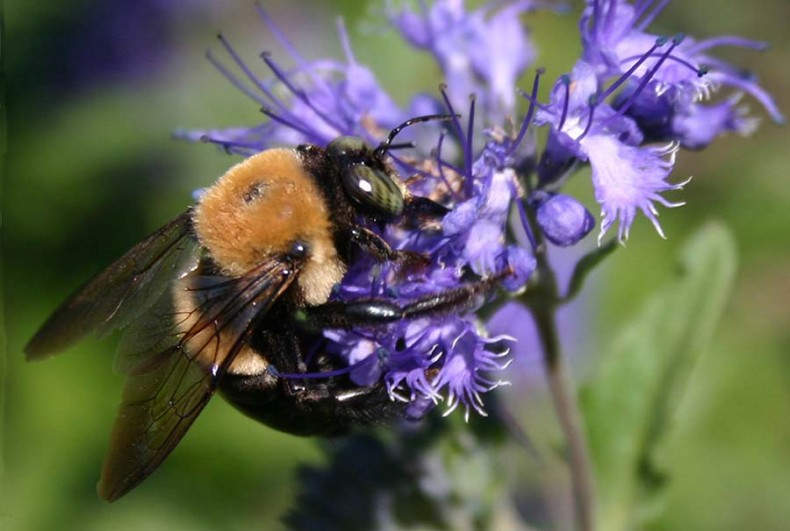
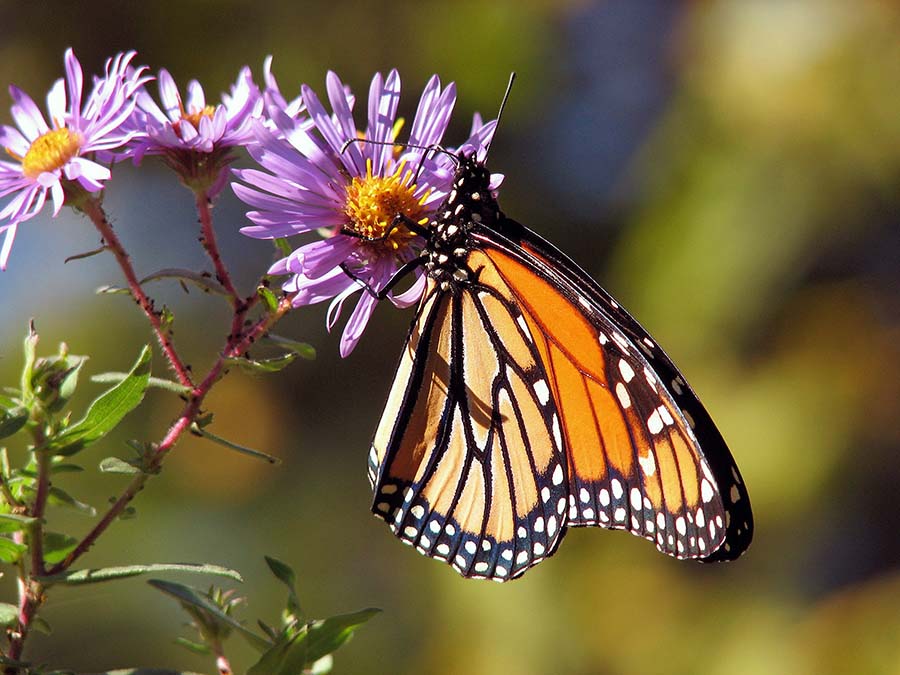
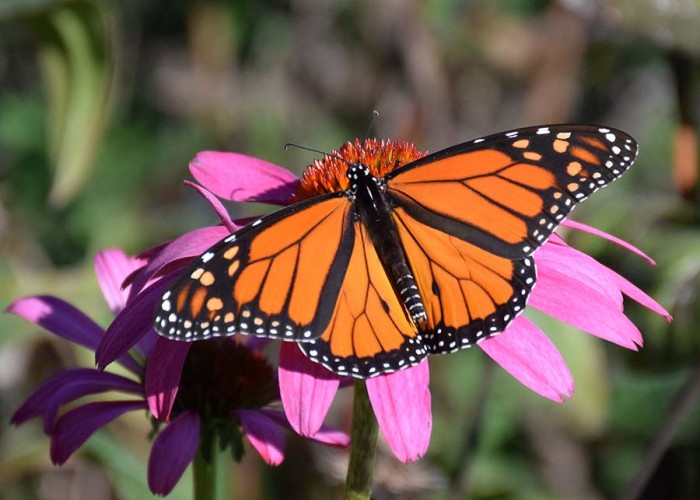
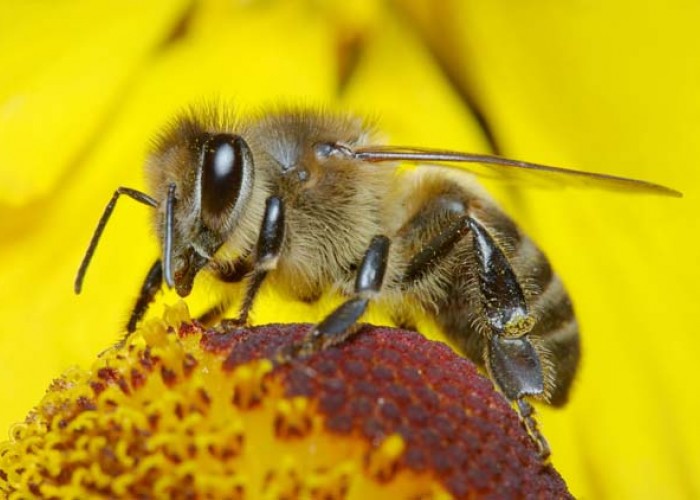
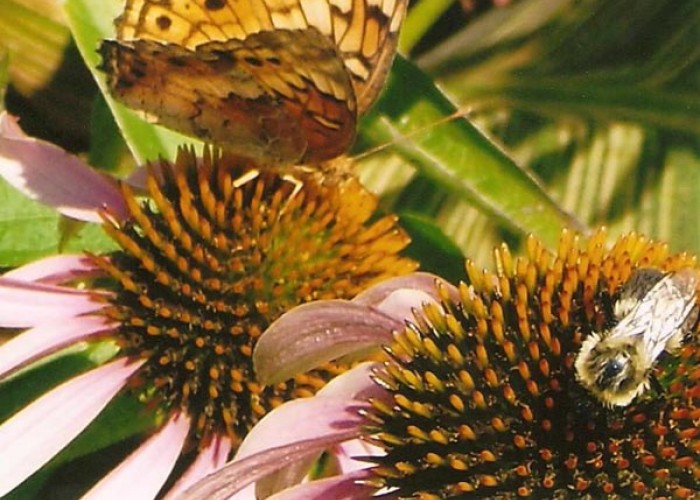


Comments (3)
PATTY BROOKS |
March 17, 2021 |
reply
PATTY BROOKS |
March 17, 2021 |
reply
Miss Lori Kay Martin |
March 17, 2021 |
reply